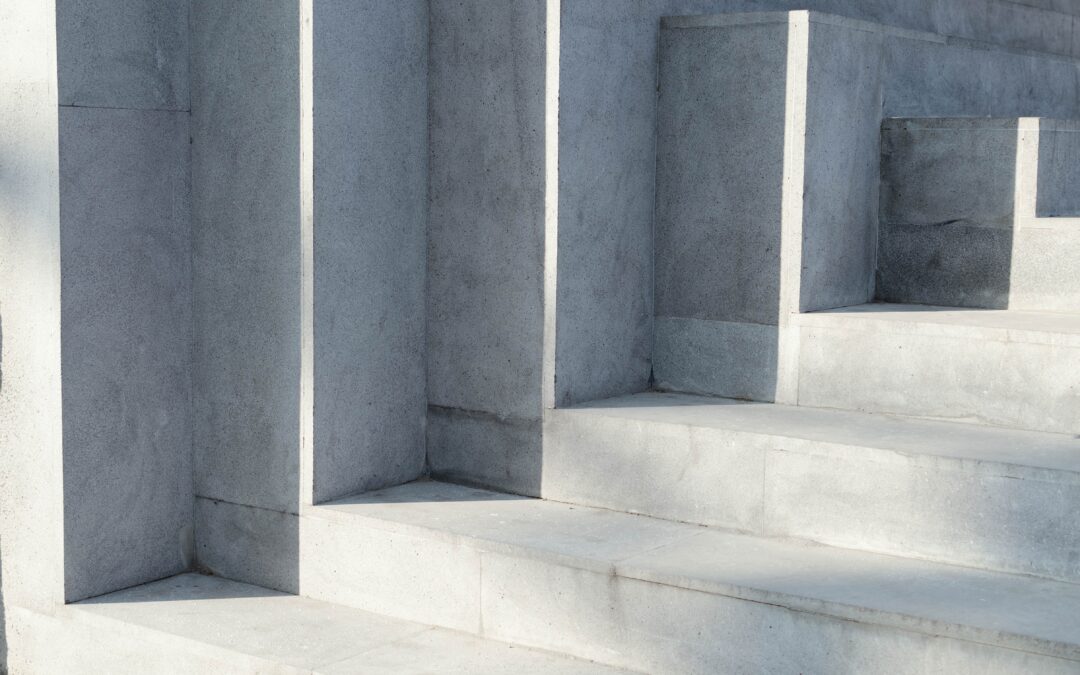“Can you open-source your strategy?” That is the provocative headline of a short piece in the current Harvard Business Review co-authored by Barry Newstead, an executive at Wikimedia Foundation and former Bridegespan partner, and Laura Lanzerotti, a current Bridgespan manager. The answer, according to Newstead and Lanzerotti, is absolutely.
This counsel, of course, runs counter to the typical MBA approach to strategy development, in which strategy is formulated under a cloak of secrecy intended to deny potential competitors any knowledge of your intentions. Newstead and Lanzerotti argue that the benefits of opening up your strategy process to various stakeholders are powerful, including “insight and loyalty that come from genuine engagement.” They argue that the benefits outweigh the “loss of control and the additional time needed to facilitate an open process.”
I think they’re right on and that their counsel, which is directed toward an audience of business executives, resonates even more in the nonprofit and foundation world, where the competitive dynamics are different. Long before “open-source” was part of our lexicon, I had the opportunity to learn a bit about strategic planning from a leader who pushed the boundaries of what a strategic planning process can be — engaging in an open, inclusive process that became my model of what good planning looks like.
It was 1996-1997, and I was working as assistant to the president of Mount Holyoke College. Joanne Creighton, the new president of that institution, led a comprehensive and transparent planning process that engaged the board, faculty, students, and alumnae.
- She engaged in numerous efforts to bring the right data to the table to inform planning discussions, taking the time to educate the entire college community about all of the “brutal facts.”
- She invited every faculty member, in groups of a couple of dozen per evening, to discussions at her house to reflect on the College’s past, present, and future.
- She engaged the board in numerous meetings and, to the horror of her senior administrative team, she invited board members to meet with faculty and students without any administrators present.
- She solicited ideas from students through formal mechanisms and informal ones, and included two students on a planning committee of 11, which she chaired.
- She opened up the planning process to alumnae through meetings around the country.
Along the way, she was totally candid about what she was thinking. Joanne shared an outline and then, months later, a draft of the full plan before submitting it to the board for approval — inviting anyone to comment and making changes based on feedback she received. She literally invited people to edit her writing, to email her better ways of articulating our plans — or better ideas for new initiatives.
The result was a much stronger plan than she and her senior colleagues could have developed in isolation and, perhaps most important, a community that was energized to implement by the time the Plan was approved.
The process was not without its challenging moments. Joanne put so much on the table — including the question of whether Mount Holyoke should remain a women’s college (it has) and vexing questions about budget trade-offs — and did so with such openness that it produced considerable anxiety. The difficulties came to a head when Mount Holyoke and University of Massachusetts students took over the Admissions Office, barricading themselves inside, and then the President’s Office.
[An aside: A defining moment for me as a young professional (the 25-year old — and male – assistant to the president of the oldest continuing women’s college in the country) was when I had to emerge from the building that housed the President’s Office, which students had taken over, to face the local media and make a statement about what was going on. I was just a few years out from being involved, as a student, in efforts to preserve need-blind admissions at Wesleyan University, wondering, when did I end up on this side of this kind of thing?]
But, ultimately, the benefits of Joanne’s open, inclusive planning process outweighed the risks, I think. The Plan that was approved set the College in motion in ways that generated significant positive results. All the major indicators — from fundraising to admissions selectivity — moved in the right direction in the years to follow. All of that could be coincidental, or the result of other factors, of course. But my sense is that our Plan was much stronger, and the responses to our challenges wiser, for the input and counsel received from literally hundreds of thoughtful members of the Mount Holyoke community.
I learned a lot from the process — and from Joanne’s approach to planning. In my next post, I will reflect on CEP’s planning process and the benefits of openness and broad engagement. Then, I will discuss some of the drawbacks and the ways in which openness can burn you. Finally, I will turn to how foundations undertake their strategic planning efforts — and how open they should be.
Phil Buchanan is President of the Center for Effective Philanthropy. You can find him on Twitter @PhilCEP.
Please read on to see the rest of this series:
Part Two – The Benefits of Engagement
Part Three – Getting Burned by Openness
Part Four – Foundation Strategy Development and the Perils of Isolation


